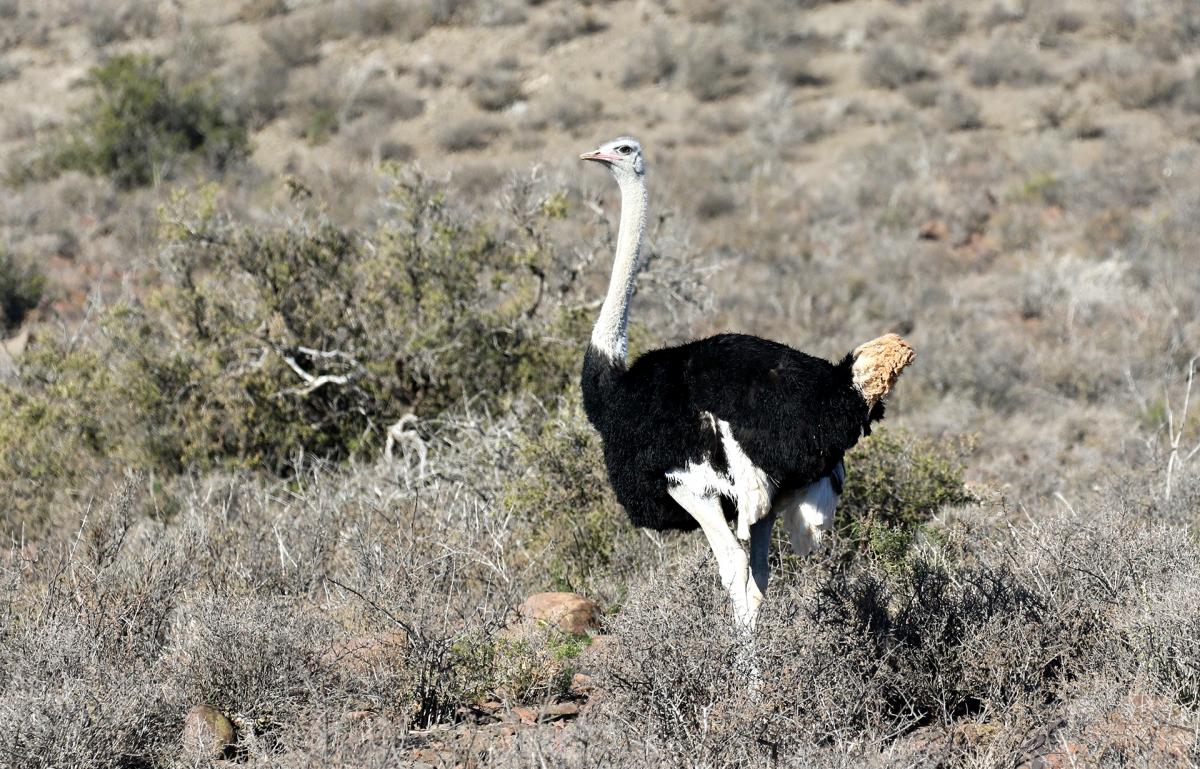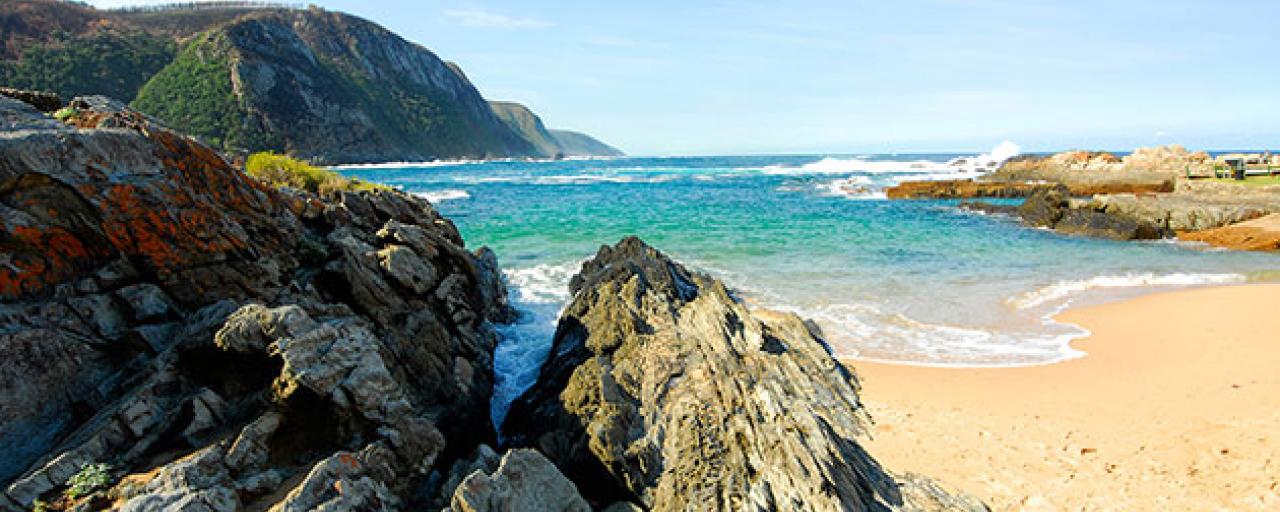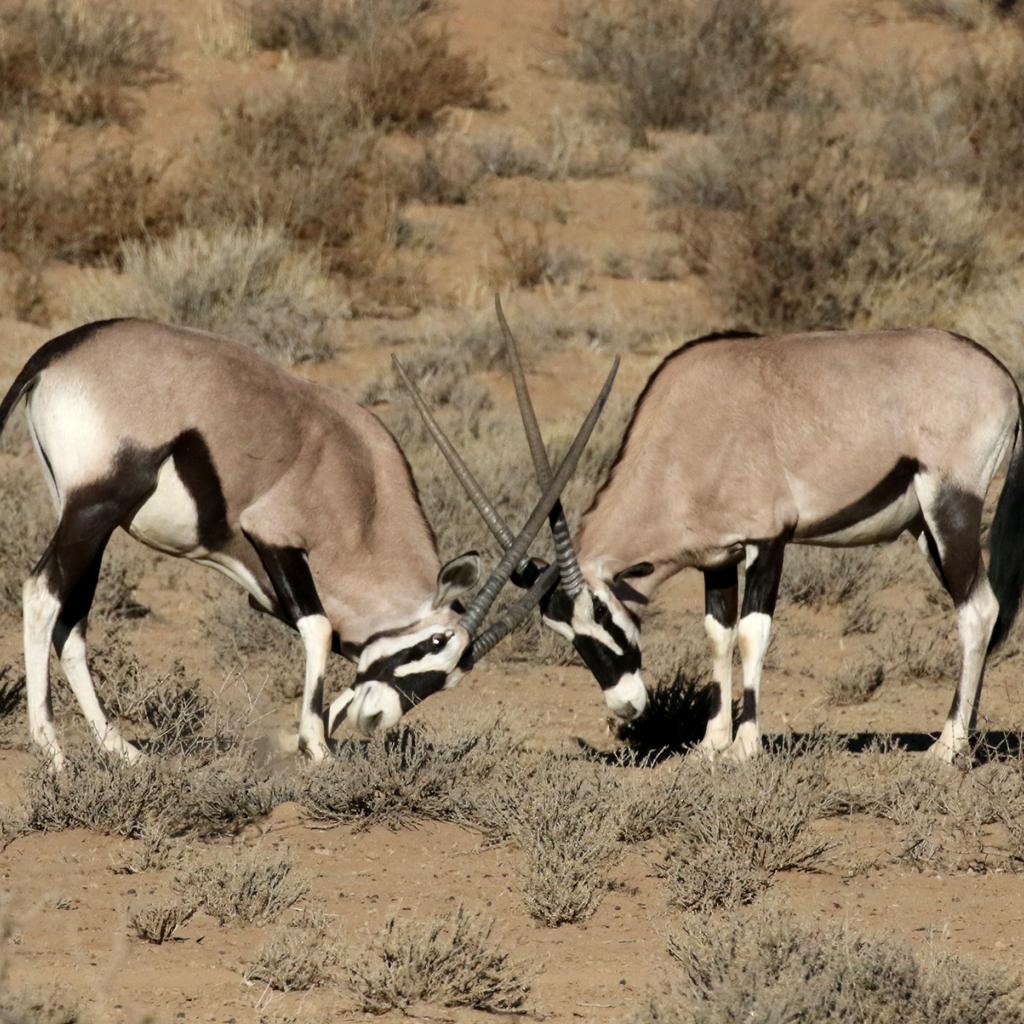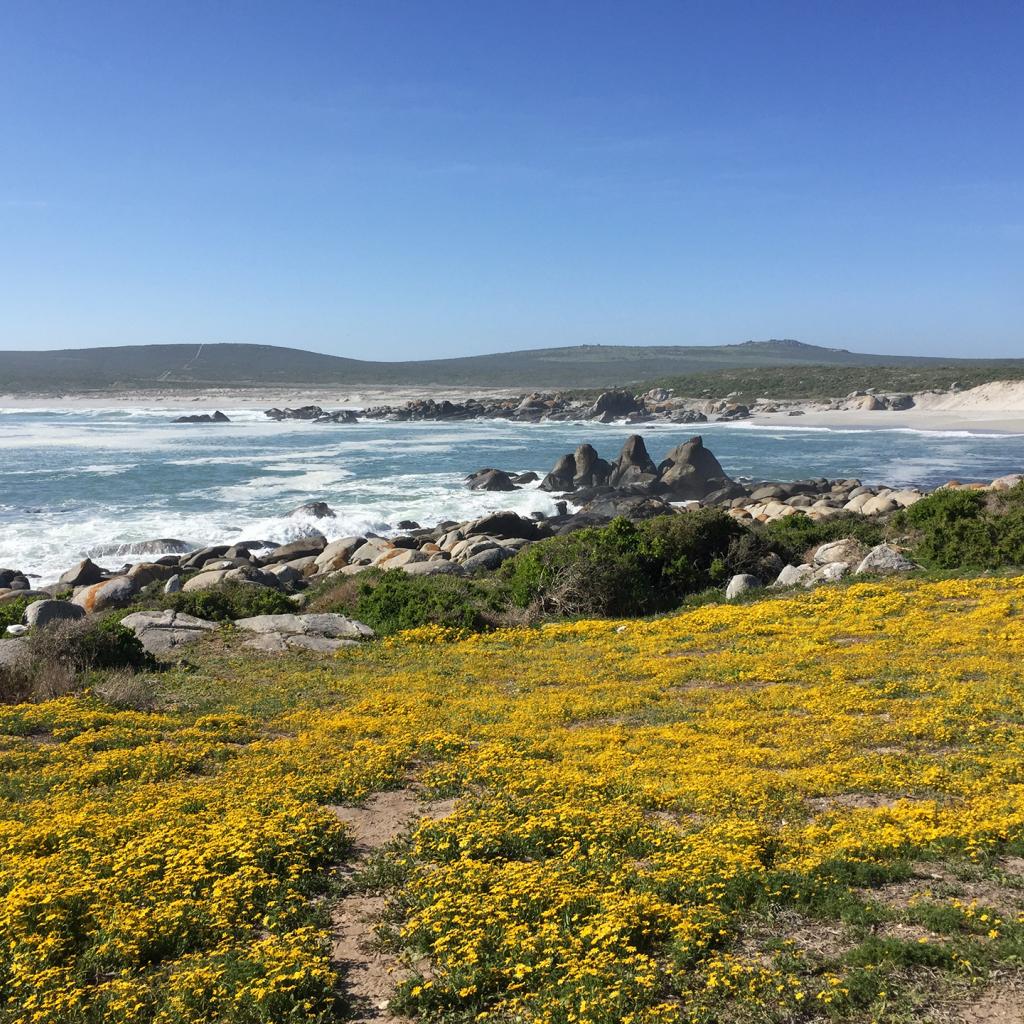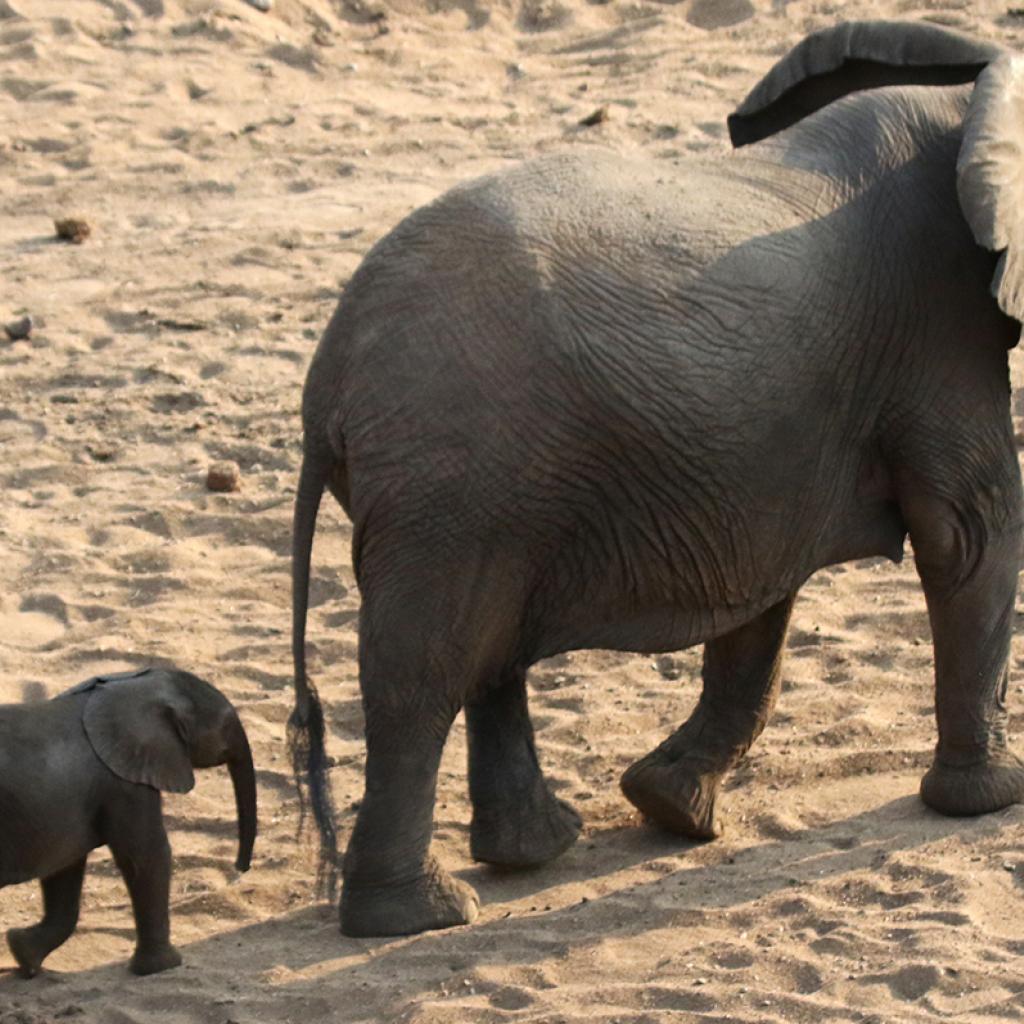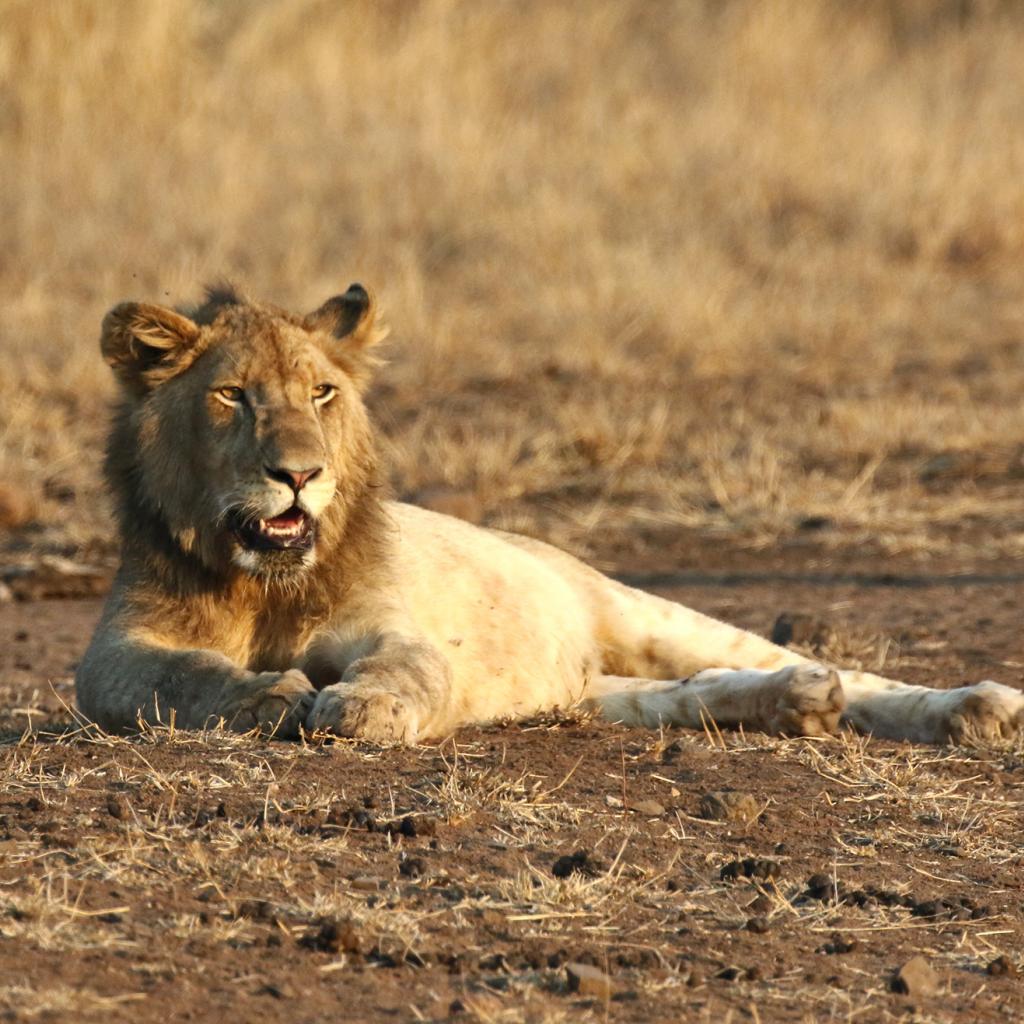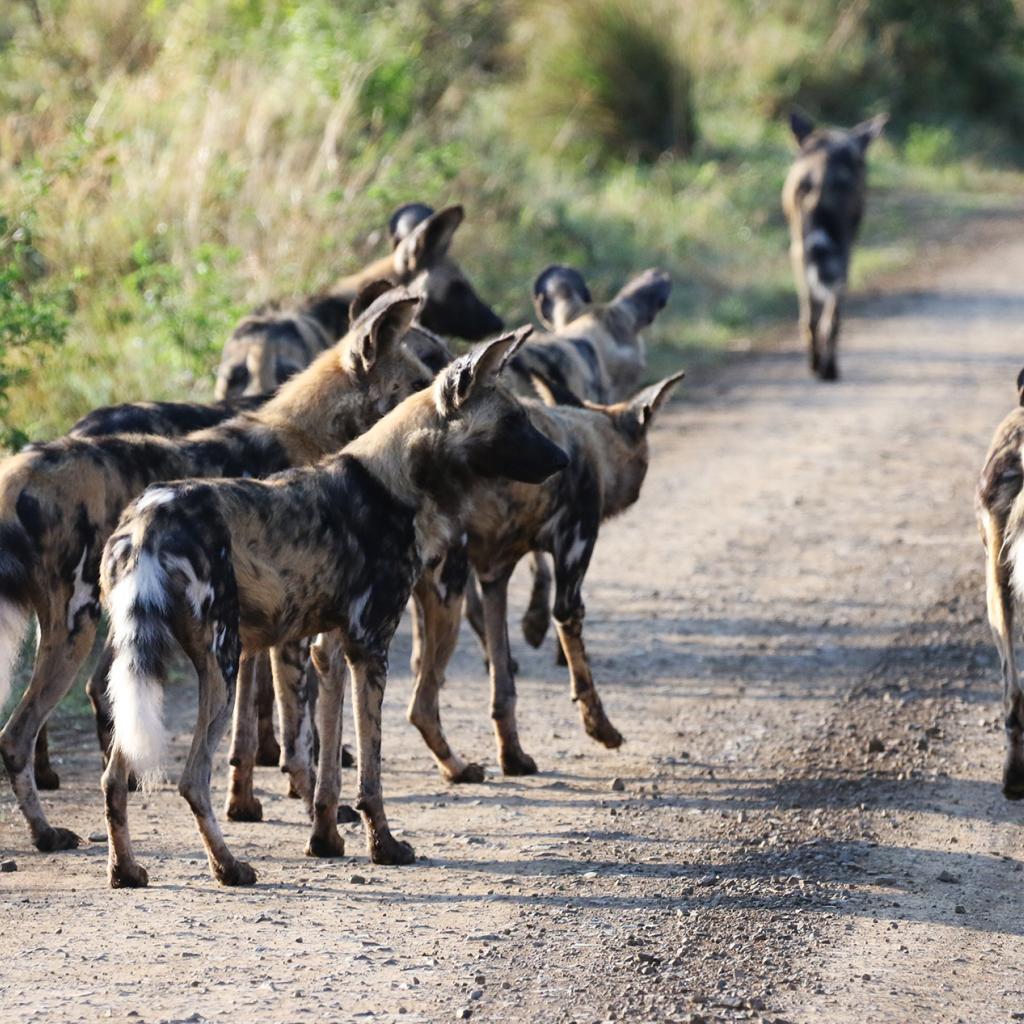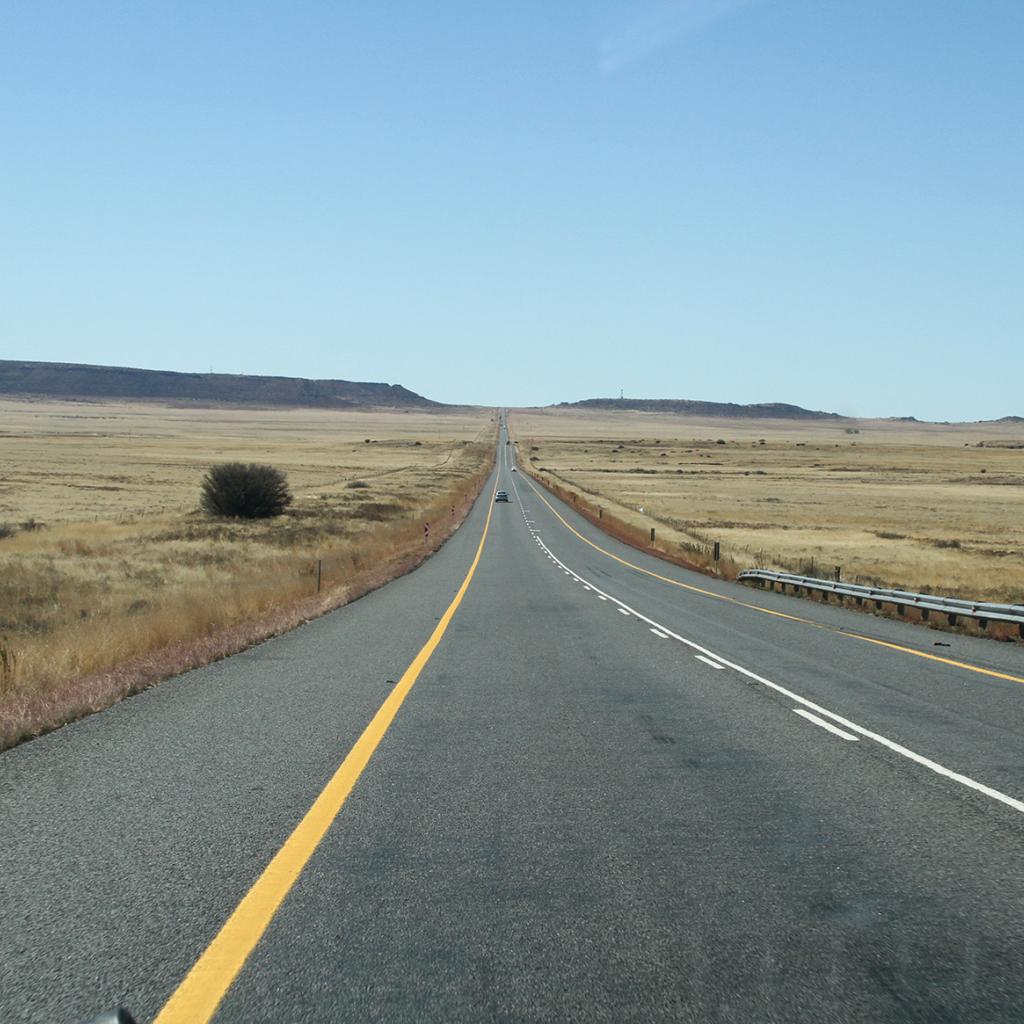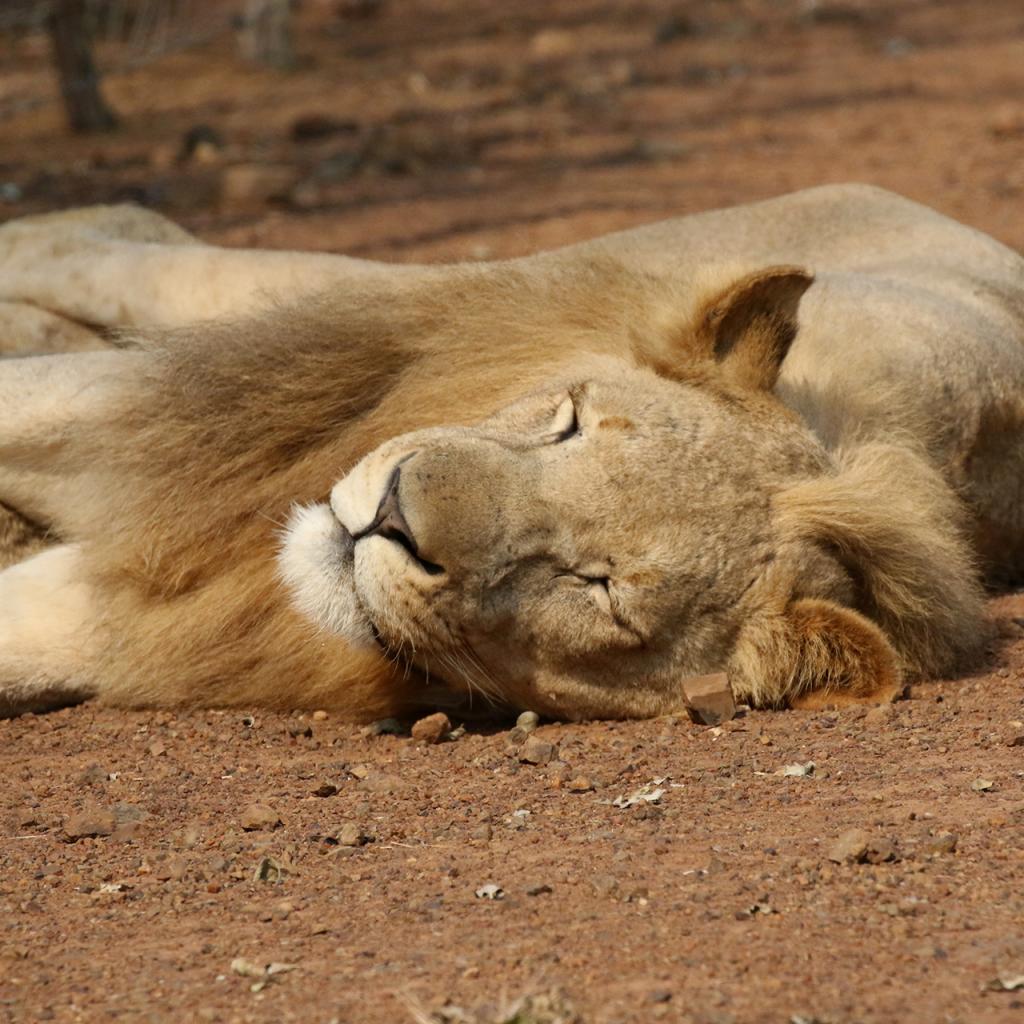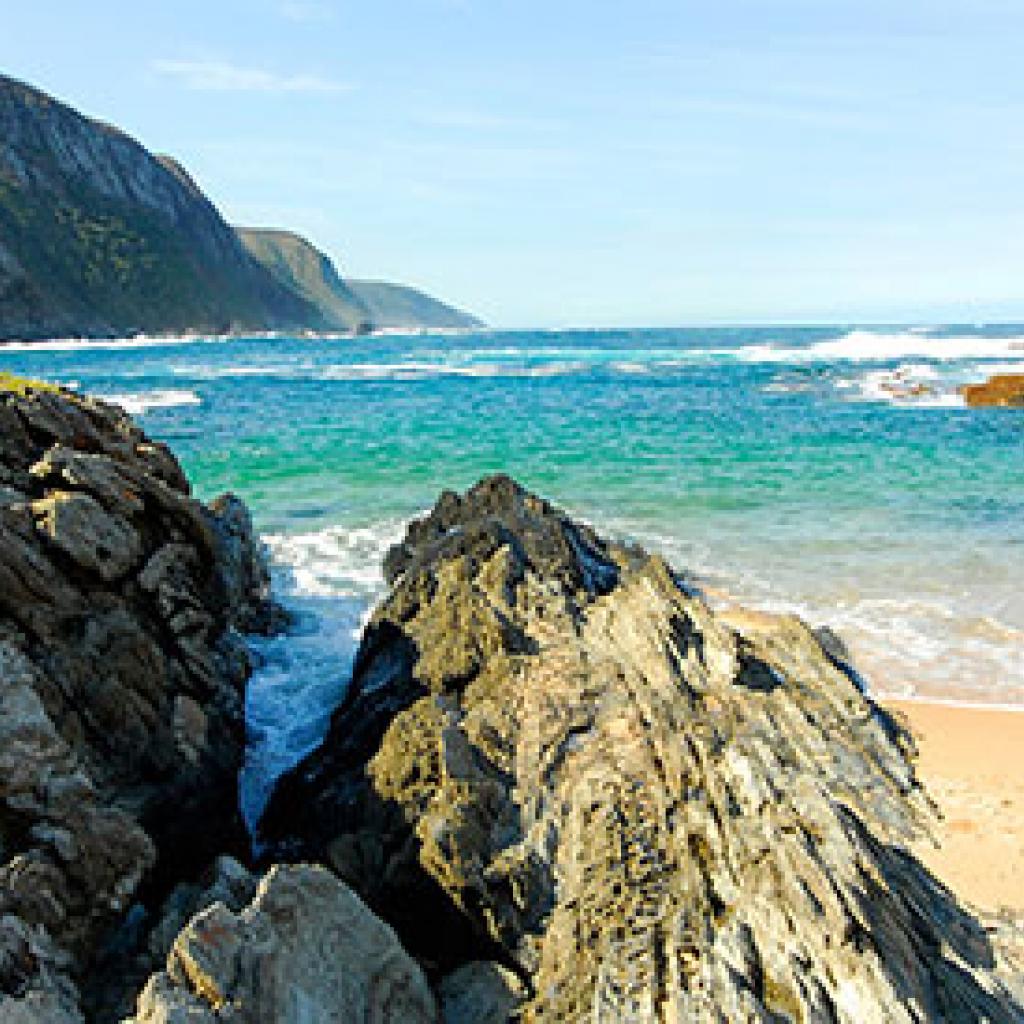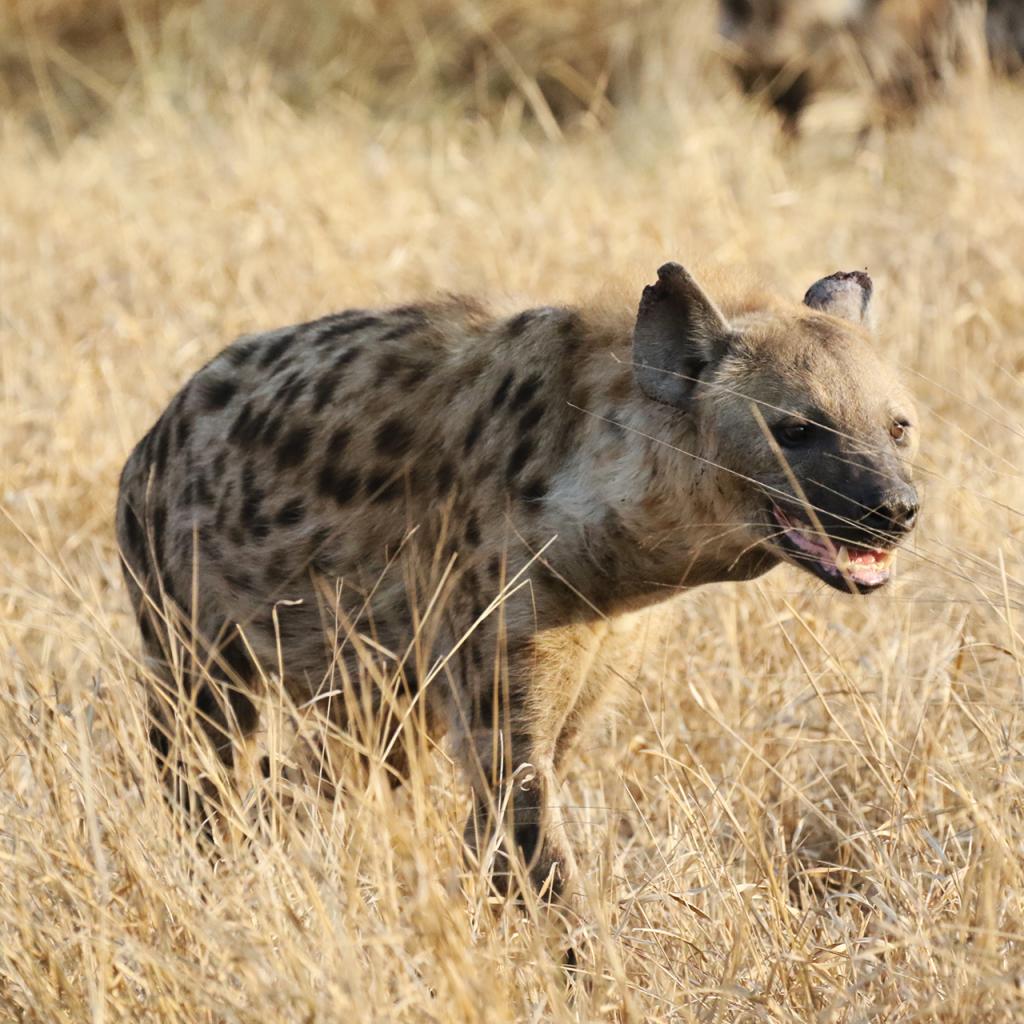The Eastern Cape Province is the second largest province of South Africa, and is the ancestral land of the Xhosa, the largest ethnic group in the country after the Zulus.
The Eastern Cape borders the South African provinces of Free Stateand the Northern Cape Provinceto the North, also in the North it borders the state of Lesotho, while to the West lies the province of Kwa-Zulu Nataland to the East the Western Cape Province, finally to the South the Indian Ocean bathes the more than 800 kilometers of coastline of the region.
The provincial capital is Bisho, but the two most important and most populated cities are Port Elizabeth and East London.
The province has a rather different territory from East to West and from North to South; in the Eastern part are the Drakensberg mountain chain and the forests, in the Western part there is the semi-desert Great Karoo, while to the South the coast is dominated by coastal forests.
The great diversity of natural scenery, climate and biomes is the main characteristic of the region; in fact, it goes from ski resorts to beaches frequented by surfers in search of the perfect wave.
There are numerous private nature reserves and national parks that offer the opportunity to observe animals, including the Big5.
What to see in the Eastern Cape province.
The cities of Port Elizabeth and East London offer a relaxed and fun atmosphere throughout the year, the long white beaches overlooking the Indian Ocean are perfect for those who want to practice water sports.
The surf capital is Jeffrey's Bay, the city has become one of the world destinations for this sport thanks to the Supertubes, that is the perfect wave that breaks in this stretch of coast and attracts surfers from all over the world ready to ride it with their boards.
The Wild Coast is a stretch of almost untouched coastline, its views are spectacular; here you can see numerous shipwrecks.
The Eastern Cape Province has on its territory numerous regional nature reserves, private wildlife reserves and numerous national parks.
The Tsitsikamma National Parkis located on the South coast of the country and it is part of the wider Garden Route National Park; its name means "place with lots of water" and, thanks to its luxuriant endemic forests, it is often called the Garden Route Garden.
The park protects numerous species of small antelopes and rare African clawless otters.
The Camdeboo National Park, established in 2005, is located in the semi-desert area of the Great Karoo and it is characterized by extraordinary geological formations.
The vegetation and fauna are just as interesting, but the unique landscape of the Karoo and its ecosystem are the main attractions of the park, in particular the Valley of Desolation, a valley that, as its name betrays, has a spooky charm.
In order to enjoy the view over the valley, panoramic points have been created to observe the rocky formations of dolerite, created by the erosive and volcanic forces of nature over 200 million years, and the valley below.
At the edge of the Bankberg mountain range there is an interesting national park, it is the Mountain Zebra National Park, that was established in 1937 to protect the Cape mountain zebras, that at the time were close to extinction.
Today in the park there are more than 800 specimens of these animals and it is quite easy to spot them, in the park there are also numerous species of antelopes including kudus, springboks, oryxes, elands and wildebeests, as well as other small antelopes and the shy brown hyena.
Until 2013, when the lions were reintroduced inside the park, cheetahs were the only predators present in this territory.
Birds are also present in large numbers; there are over 200 species of bird life present within the territory of the park.
The area protected by the Mountain Zebra National Park was inhabited by the San, the first inhabitants of the area since prehistoric times; now it is possible to admire their cave paintings depicting antelopes, baboons, cheetahs, leopards and human figures.
The most frequented national park in the Eastern Cape is undoubtedly the Addo Elephant National Park, established in 1931 to protect the last elephants that survived the hunting that populated the area, today the park hosts a population of over 600 elephants and it is easy to spot these good giants.
Over the years the territory of the park has been enlarged and today it also includes a coastal area and the stretch of sea in front, where you can see colonies of African penguins.
The Addo Elephant National Park is one of the few parks in the world, if not the only one, where you have the chance to spot the Big 7, that is the terrestrial Big 5, the lions, the leopards, the buffaloes, the elephants and the rhinos and the 2 Big aquatic ones, the white sharks and the Southern right whales, that can be observed in the marine reserve.
The Western Cape province is also home to numerous private reserves and regional nature reserves that preserve both wild animals and endemic plants and flowers.
